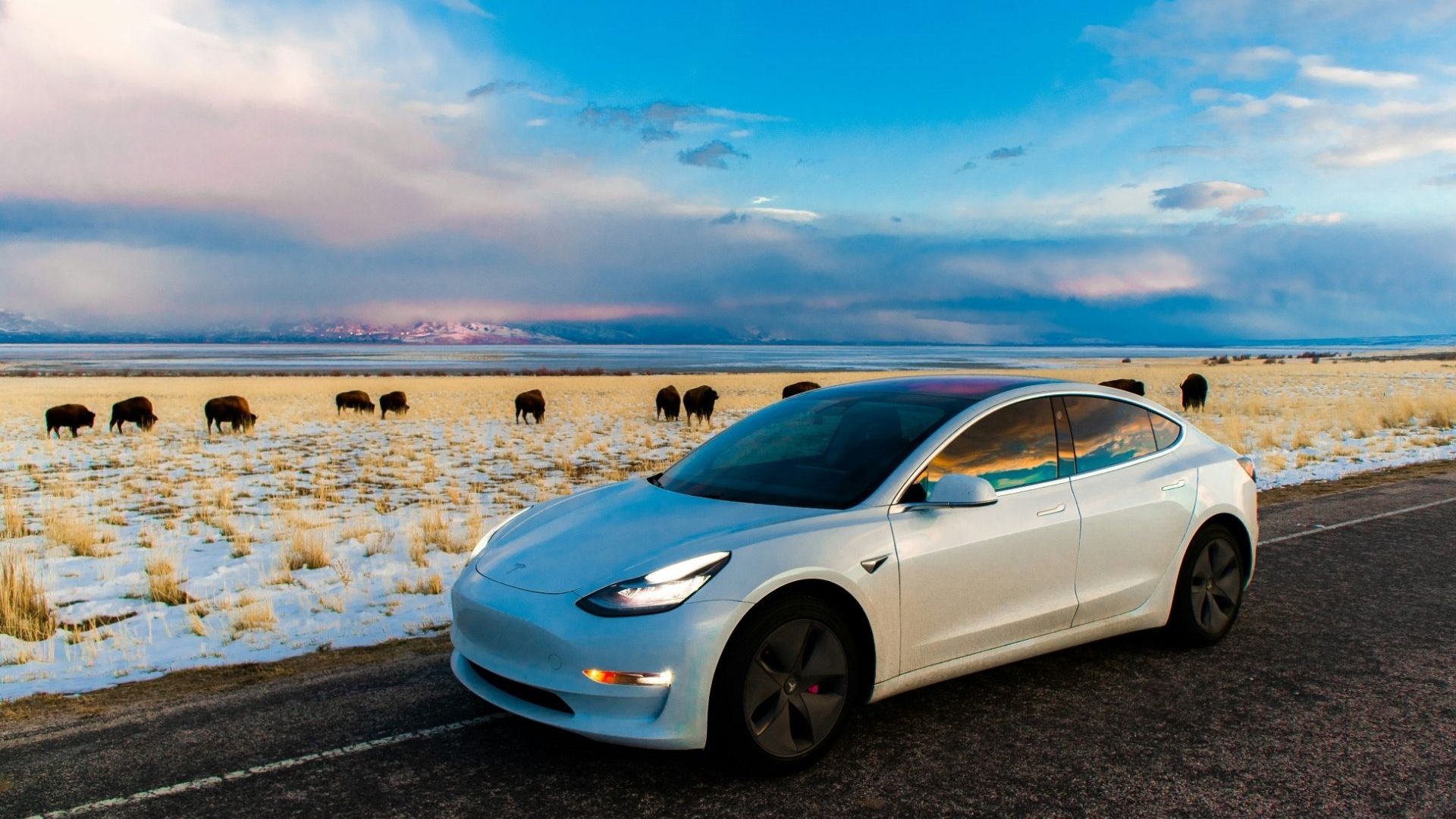
Want to take the extra-scenic route? This 6,000-mile road trip is fueled exclusively by EV chargers on Native lands.

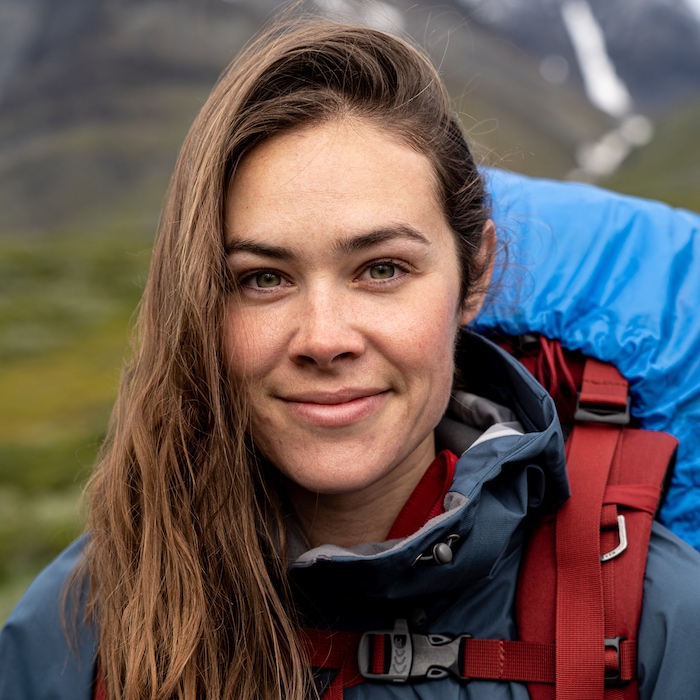
Want to take the extra-scenic route? This 6,000-mile road trip is fueled exclusively by EV chargers on Native lands.
There’s a ‘quiet revolution’ happening across the US: Chargers for electric vehicles are popping up on Native lands in some of the most rural, remote parts of the country, with potential to change the game of transportation forever.
For many Native American nations, EV chargers are a wise investment, says Dr. Len Necefer, CEO of Natives Outdoors and a former employee of the Department of Energy. Necefer, who is Diné (a member of the Navajo Nation), recently created a map of chargers on Native territory throughout the US, then plotted a cross-country road trip that would use only chargers on Indigenous land.
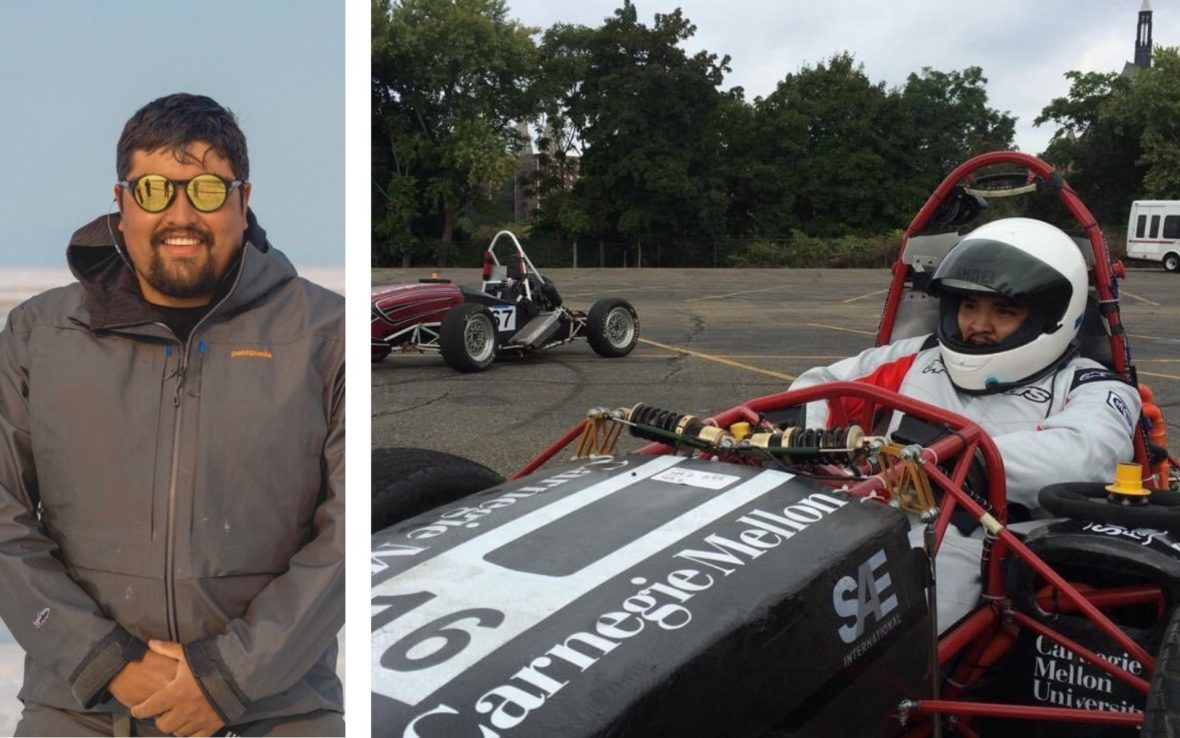
His 6,000-mile (9,655-kilometer) route starts at his home in Tucson, Arizona, and ends at Plymouth Rock in Massachusetts—the (in)famous landing site of the first English colonists.
“Nothing screams American reconciliation like silently gliding into Plymouth Rock, 800 horsepower deep, on electrons with a Native person behind the wheel,” Necefer shared on Instagram with a map of the route.
For now, it’s still a dream, but Necefer—who also happens to be a talented writer and filmmaker—is hoping to find a sponsor or partner to help him make it a reality.
So, why is it such a big deal? We caught up with Necefer recently to chat more about EV infrastructure and how tribal governments could change everything.
What made you want to make this map?
When I worked at the Department of Energy, EVs were still a novelty. They were not vehicles that you would want to take on a road trip. I pitched an idea to start looking a few years in the future and think about building tribal EV infrastructure. My supervisors at the DOE said the technology wasn’t proven yet, but I kept an interest in it.
Last year, I bought a Volkswagen EV and took it on a road trip from Tucson to San Diego. I charged at a reservation casino, and things started to percolate. The maps that are out there about EV chargers don’t tell you if one’s on tribal land or not. I’ve wondered what the infrastructure looks like on tribal land, so I decided to pull together the data.
It was pretty surprising to see how much of it was there. I saw that you could draw a circuitous line across the country, and I realized that if there’s enough EV infrastructure for me to drive and charge on tribal lands, there’s probably enough EV infrastructure for most people to incorporate into their daily lives—we just have to tell those stories.
What’s driving the explosion of EV infrastructure on Native land?
A lot of the development has happened because of national-level policy and the higher adoption rates of EVs. A lot of tribal casinos began installing these EV chargers within the last three to five years, partly because it could act as a draw for people to come out to these casinos.
One of the tribes that stood out to me was the Hoopa Nation. They have a bunch of EV charging infrastructure on their very remote res in the mountains of coastal California, and it’s that sort of synergy where state-level policy aligns with tribal policy.
I’ve started seeing a lot of remote chargers in the middle of the country and in the South. There are a few chargers in North Dakota, for example, on the Standing Rock Reservation and a few others, that are filling in these big gaps in rural areas. Some of these tribes in the Dakotas are doing this to get off of oil and gas—it’s a statement.
Tribes developing this infrastructure in very red parts of the country could provide a roadmap for certain parts of the country that are very conservative and don’t want the infrastructure. That need could easily be filled on tribal lands.
What makes these chargers such a gamechanger?
In some rural parts of the country, people can spend up to a third or half of their take-home income just on transportation to get to their jobs, and EVs could help with that. This tells a different story about what’s happening in rural communities, and rewrites the idea that tribes and Native nations aren’t on the cutting edge of technology, or that they’re always behind in some way. There are a lot of tribes doing cool things under the radar.
If you did this road trip, what would you be most excited to drive through?
Northern California is always really pretty, and the Makah Nation, right on the very western northwestern tip of Washington, is beautiful. I didn’t have to take that route, but I did because it was pretty.
When I started making this route from Tucson, I had a scarcity mindset, like ‘I just need to make it to the next charger.’ Then as I started getting through California, I realized there’s plenty of range, so it opened the possibilities. The Flathead Nation and Blackfoot Nation both have chargers around Glacier National Park.
This reflected something that I already knew, which is that a lot of tribes tend to live in the prettiest parts of the country. Even if they are rural and remote, they tend to be in these incredible landscapes.
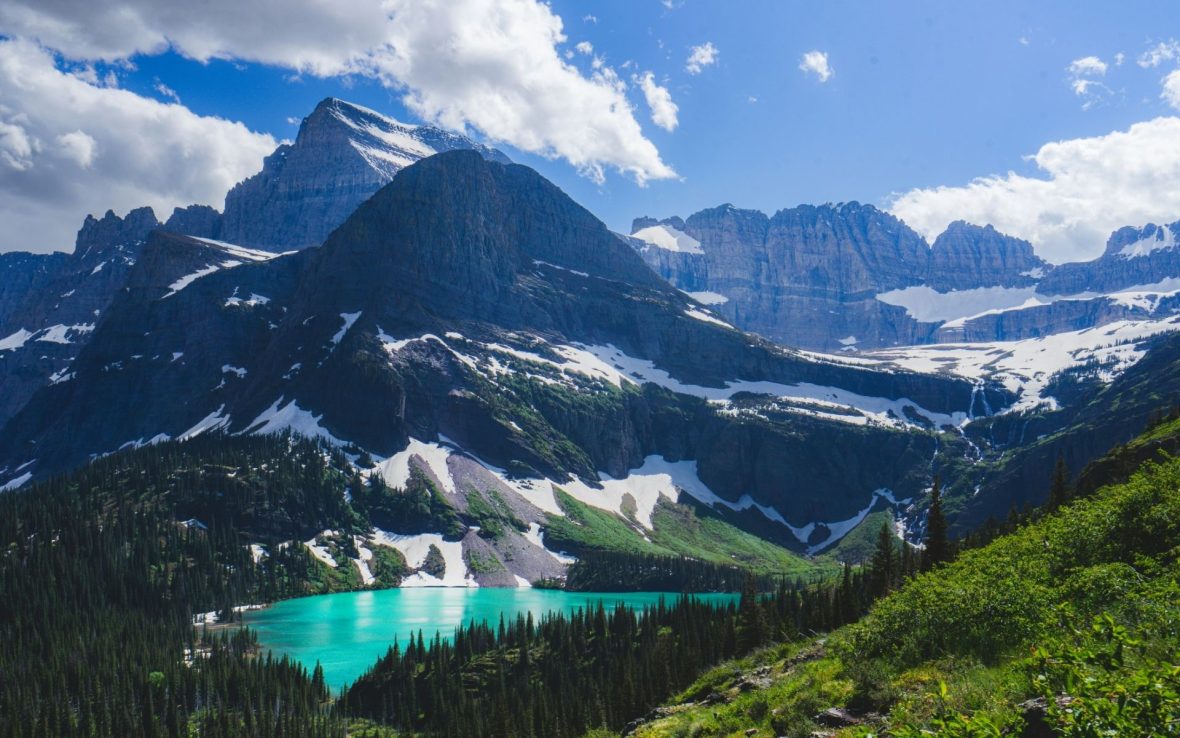
Was it always your goal to end at Plymouth Rock, for the symbolism?
The original route was the longest feasible route that I could create from my home in Tucson that would resemble a road trip and be a continuous flow through the country. I worked my way up the West Coast, then through Montana, and then I ended up in New York. There was an option to go to Northern New York, or go to Foxwoods, which I think is a hilarious place to end [Ed. note: Foxwoods, in Connecticut, is the second-largest casino in North America; quite an opposite vibe from coastal and mountain views].
I was thinking there must be something beyond there, and I was like, ‘Oh yeah, Plymouth is right there.’ It just seemed kind of anticlimactic to end at Foxwoods Casino. No shade on that casino, but Plymouth Rock? Why not? It’s a pretty lame rock. It’s very underwhelming. A tribal EV map ending at Plymouth Rock is just very, very wonderfully ironic.
***
Adventure.com strives to be a low-emissions travel publication. We are powered by, but editorially independent of, Intrepid Travel, the world’s largest travel B Corp, who help ensure Adventure.com maintains high standards of sustainability in our work and activities. You can visit our sustainability page or read our Contributor Impact Guidelines for more information.

Kassondra Cloos is a travel journalist from Rhode Island living in London, and Adventure.com's news and gear writer. Her work focuses on slow travel, urban outdoor spaces and human-powered adventure. She has written about kayaking across Scotland, dog sledding in Sweden and road tripping around Mexico. Her latest work appears in The Guardian, Backpacker and Outside, and she is currently section-hiking the 2,795-mile England Coast Path.
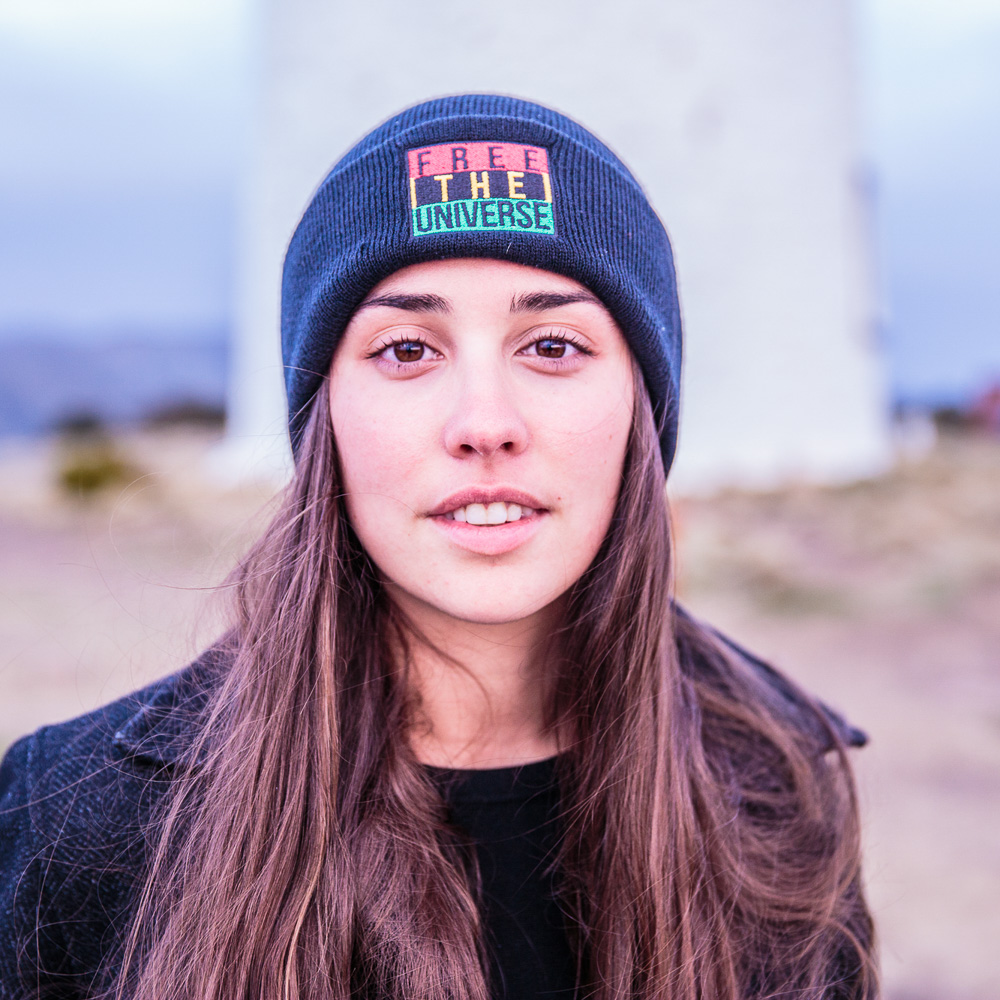

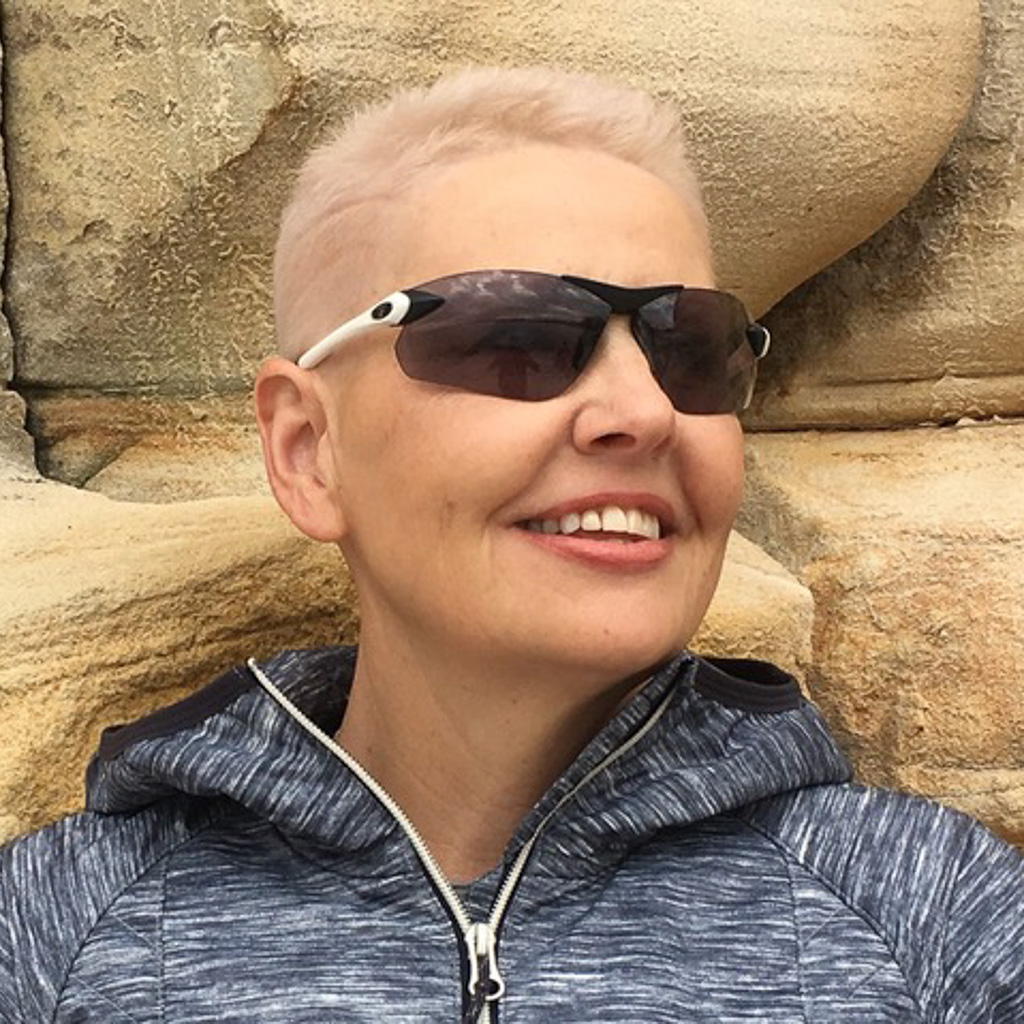



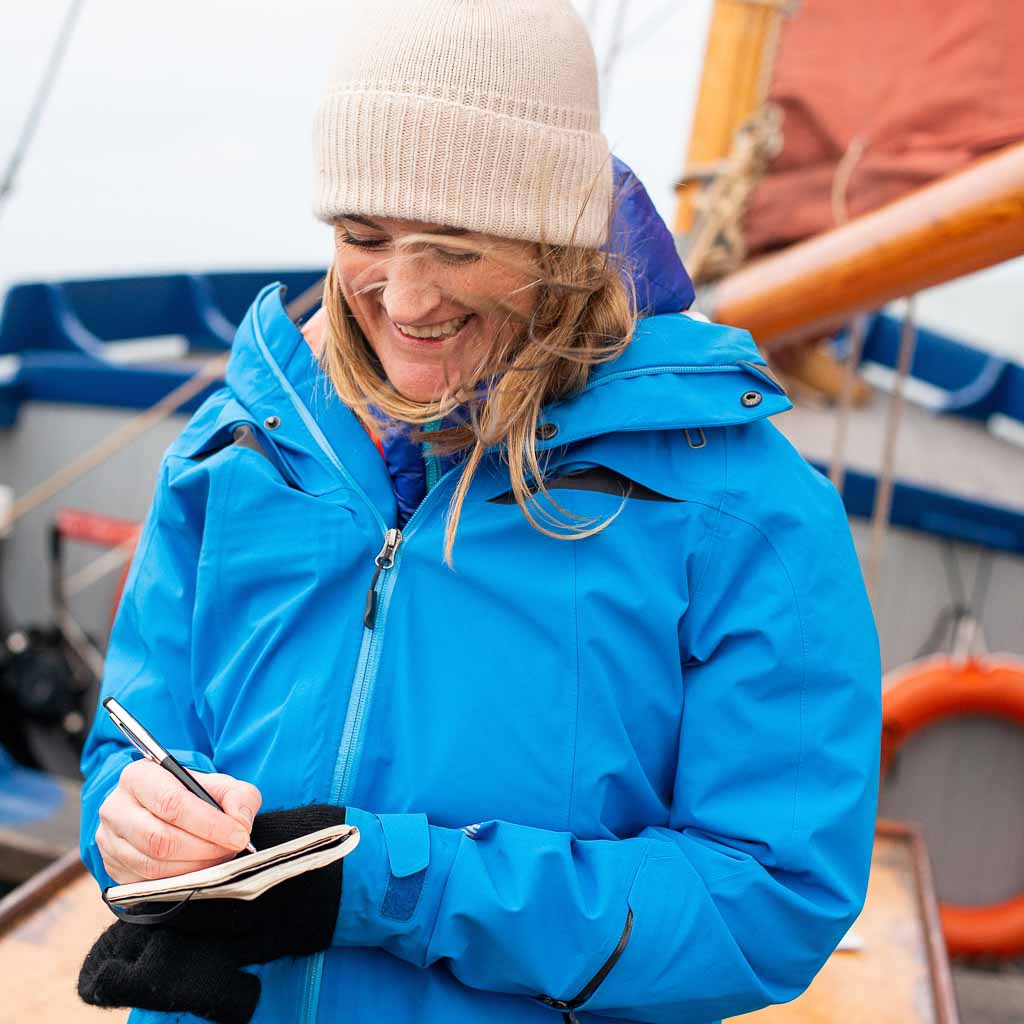

Can't find what you're looking for? Try using these tags: